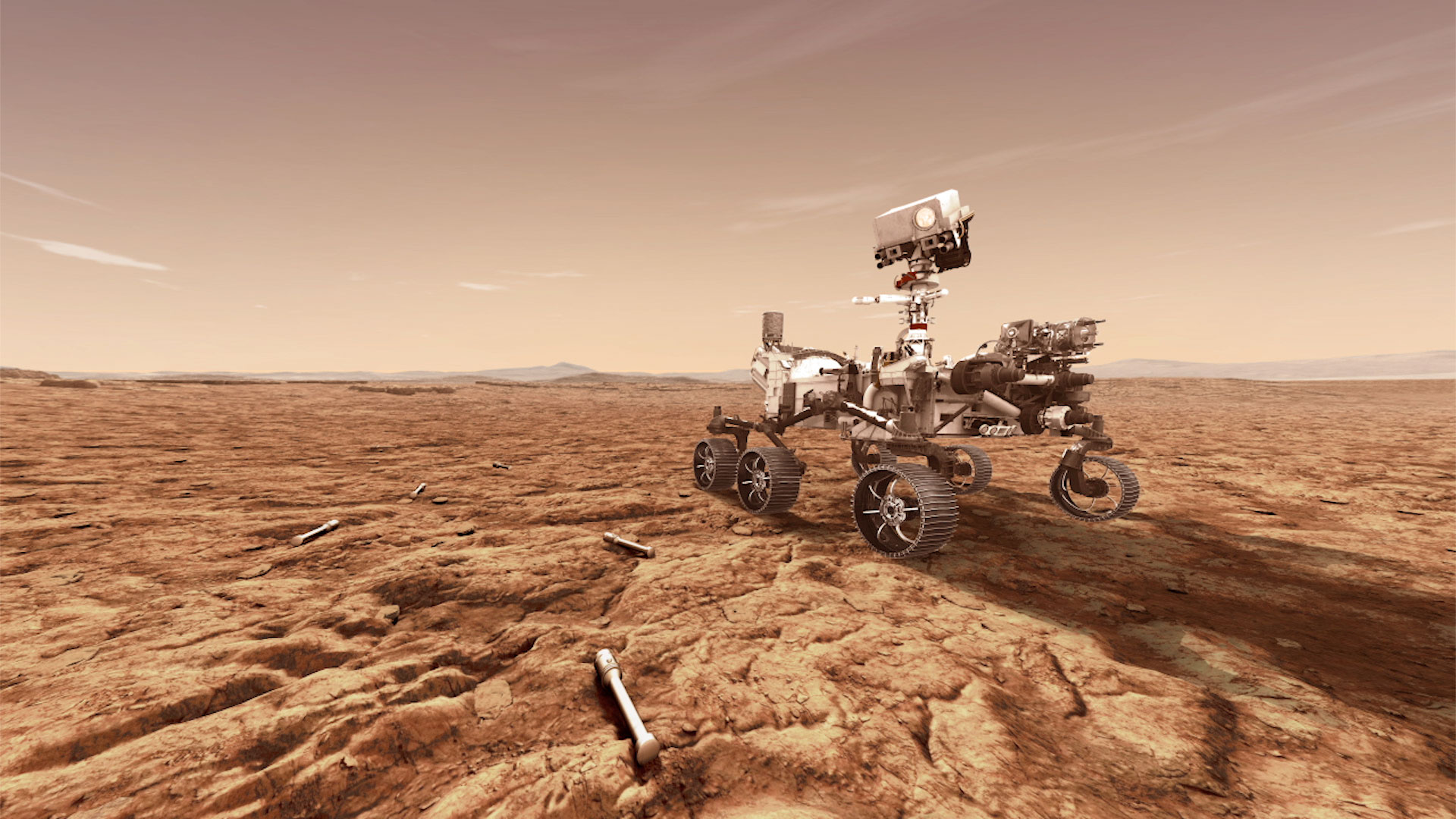On Feb. 18, physicists and engineers marked a new chapter in Martian history: A series of radio signals confirmed the touchdown of NASA’s Perseverance rover. Over seven months, the rover completed a 300 million mile journey to Mars, averaging a speed of about 12,000 miles an hour.
The Perseverance Rover landed on the Jezero Crater, where it will search for signs of life by collecting samples of Martian soil.
Montreal-born Dr. Farah Alibay is a NASA systems engineer who is part of the operations team for the Mars 2020 mission. The team was responsible for manufacturing, testing, and landing the Perseverance rover.
In an interview with The McGill Tribune, Alibay detailed the feats of engineering behind the mission, its main objectives, and how Perseverance differed from previous rovers sent to Mars.
“We think that about two billion years ago, Mars looked like Earth,” Alibay said. “It had an atmosphere, a magnetic field, [and] liquid water [….] About two billion years ago, Earth had microbial life. If there was life on Earth back then and Mars looked like that, there could have been life on Mars too, and that is what we are looking for.”
Perseverance shares many common technical features with its predecessor, Curiosity. Although Perseverance is almost 100 kilograms heavier than Curiosity, it cost almost 300 million dollars less to build. Other paramount differences between the two rovers include an upgrade in the number and quality of cameras on Perseverance.
“Perseverance has an additional computer onboard and that is the Vision Compute Element, which allowed us to land on the Jezero Crater,” Alibay said. “The computer was taking images as we were landing, comparing them to a map, [and] allowing the rover to make decisions on board on how to divert the rover and to land.”
Engineers at NASA’s Jet Propulsion Laboratory (JPL) also implemented a thicker aluminum wheel with a greater diameter, but a narrower width, allowing Perseverance to overcome the sharp Martian terrain.
Perseverance is equipped with six more cameras than Curiosity and was designed to collect rock samples in a different manner.
“Perseverance has a robotic arm that contains a set of instruments located on its end,” Alibay said. “One of which is a coring drill that will drill out a sample and transfer it to the Sample Caching System. Another robotic arm then inserts the samples into tubes and seals them.”
One of the main goals of the mission is to test out a new technology: The Mars Oxygen ISRU Experiment (MOXIE).
MOXIE aims to take in Martian air rich in carbon dioxide and pass it through a series of pumps that carries the gas to an electrode that extracts the oxygen.
“If we are ever to send astronauts to Mars, then they are going to need oxygen,” Alibay said. “Not just to breathe, but as a rocket fuel to bring them back home.”
Aboard Perseverance is Ingenuity, a four-pound helicopter set to carry out the first controlled flight mission on another planet. The 0.49 metre-tall helicopter is powered by solar energy and will have to overcome a plethora of obstacles, like low atmospheric pressure and rocky Martian terrain, to carry out a successful flight.
“If you are having only one per cent of atmosphere then you are not getting as much lift, so we had to come up with a system that is both really light but also rugged to survive the Martian environment,” Alibay said. “We are currently looking for a site to drop off the helicopter and once we have done that, we will drop it off, do the initial commissioning and then fly it. I am hopeful that will happen within the next couple of months.”
It has been decades since humans last set foot on a celestial body. Without a doubt, the Mars 2020 mission brings us one trip closer to a human mission to the red planet.









It seems to me that the amazing equipment you developed for this mission could/ should have been designed with a second use property. We try to recycle or reuse much equipment here on earth but on Mars where the equipment and it’s delivery to the surface are 10’000 more costly no second pourpose is built in. The lwering body was used for 60 seconds (?) and then thrown away (to pollute the new planet )It should/ could have been a vehicle with many other scientific instruments aboard. This would bring the cost /benefit ratio way down. Comments pls.
Very informative I love ❤️ it